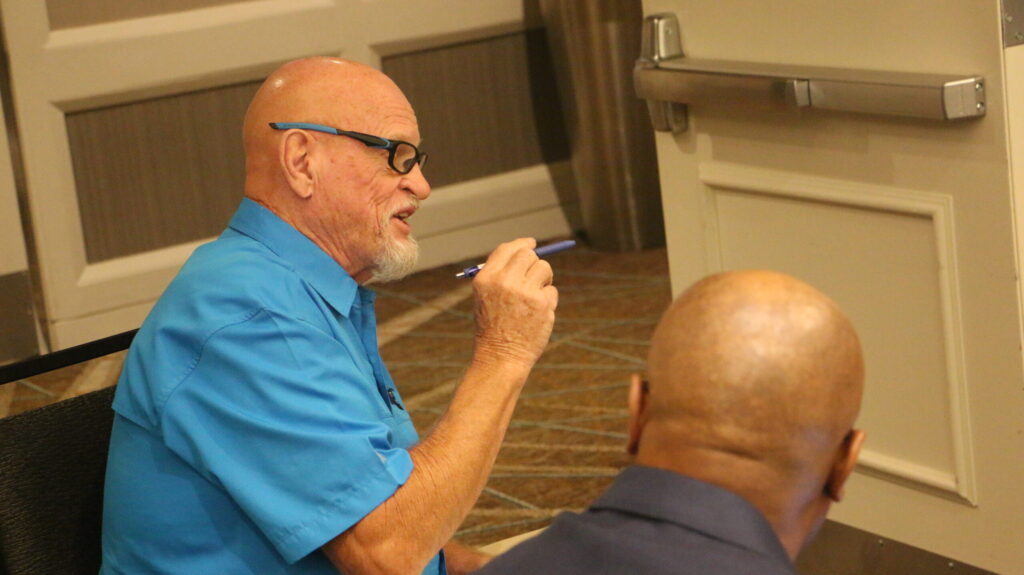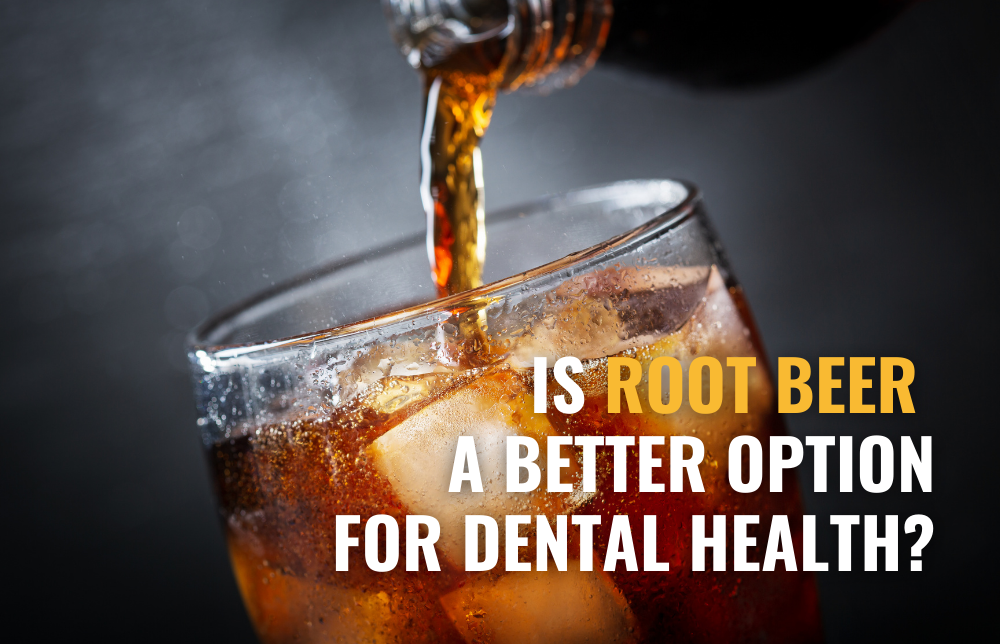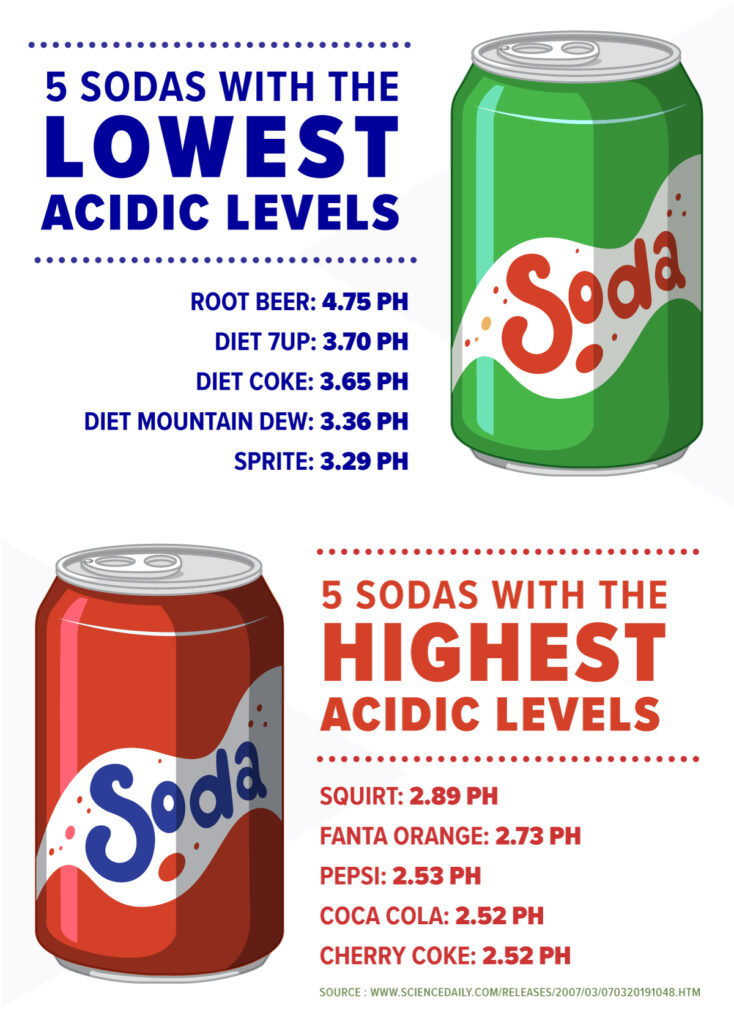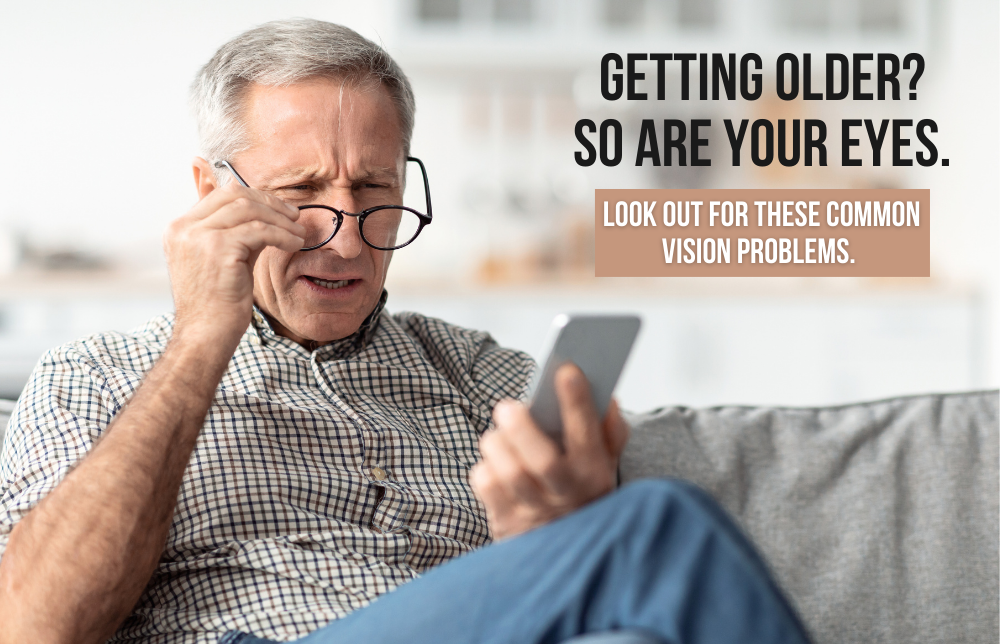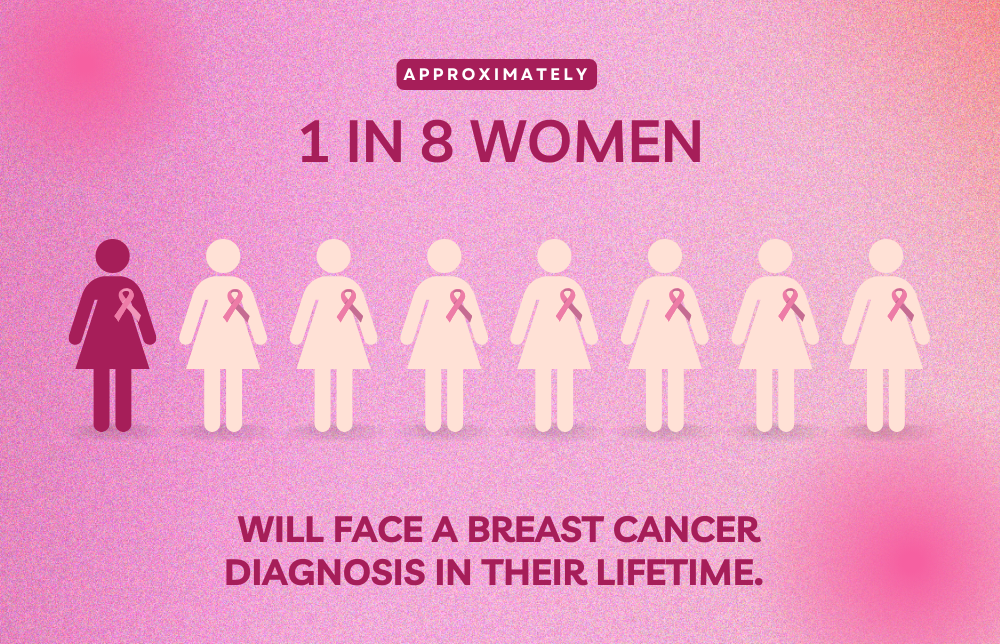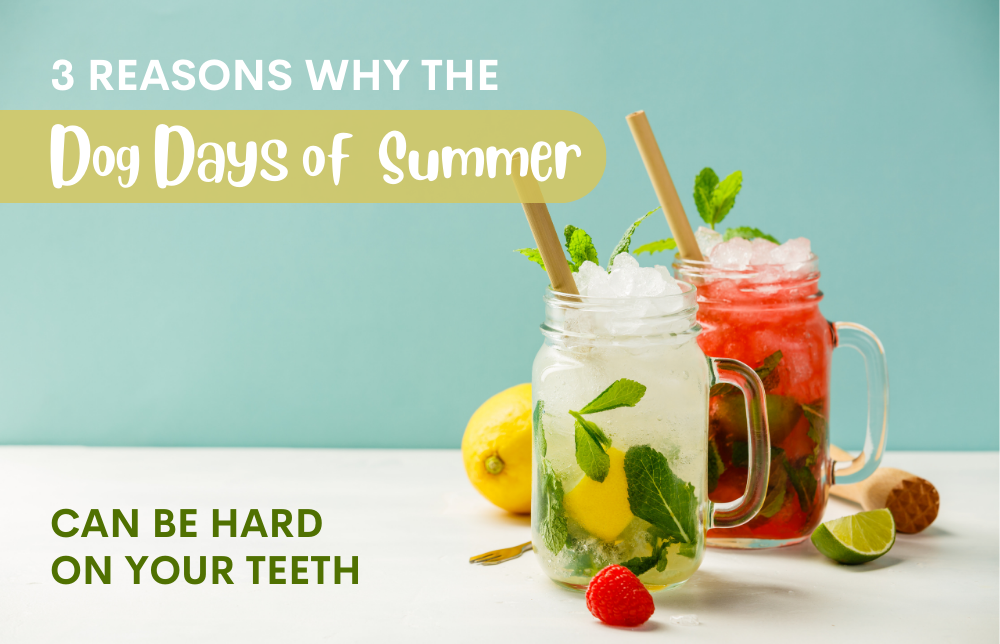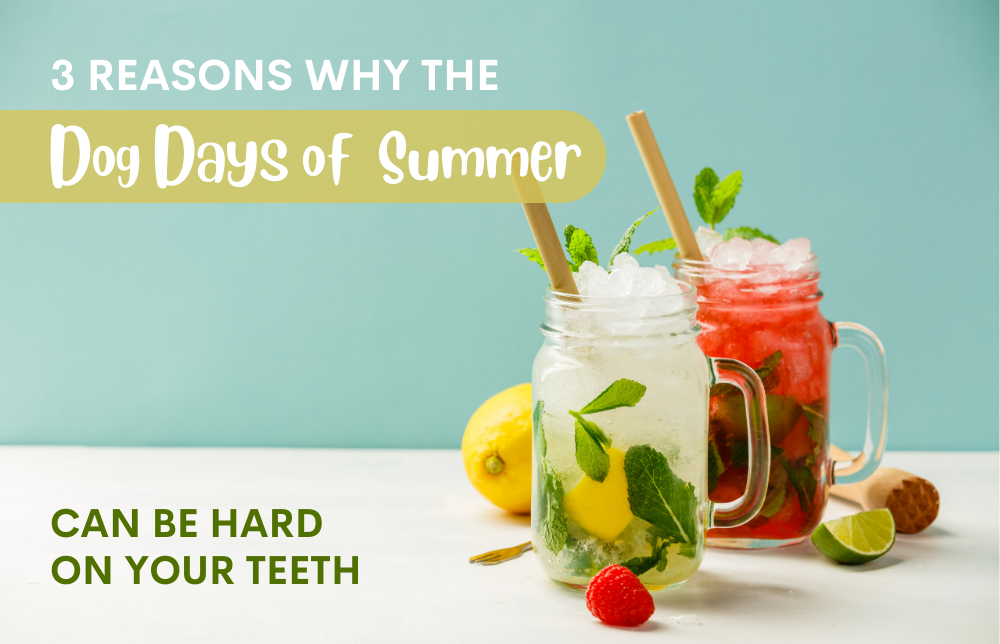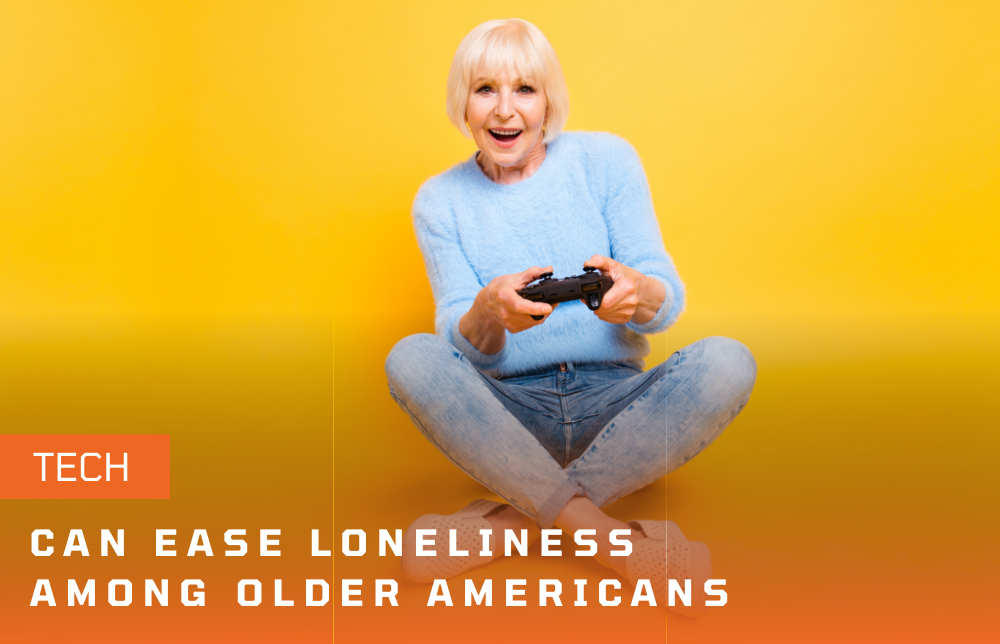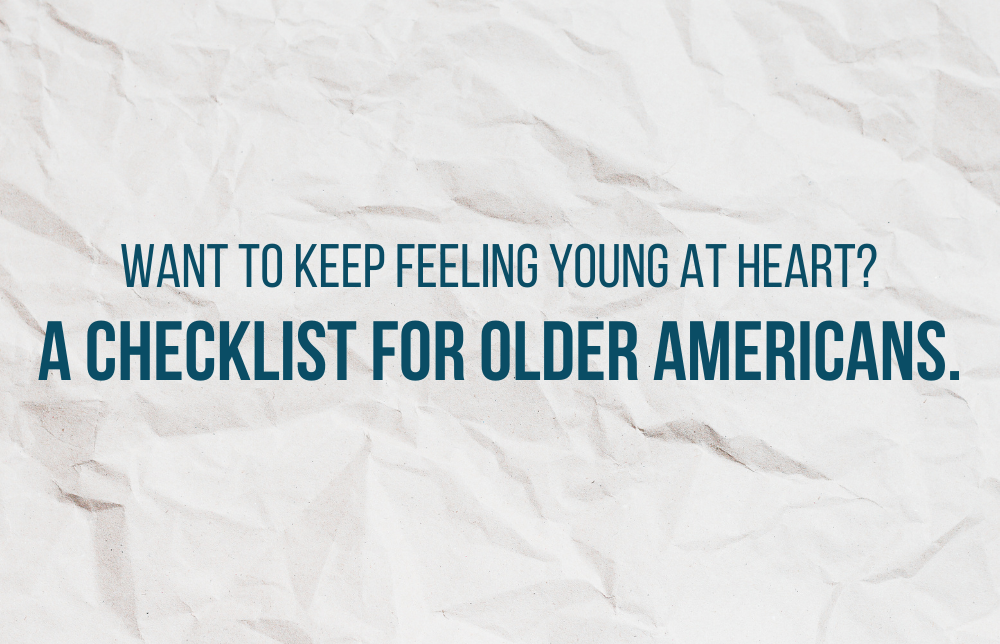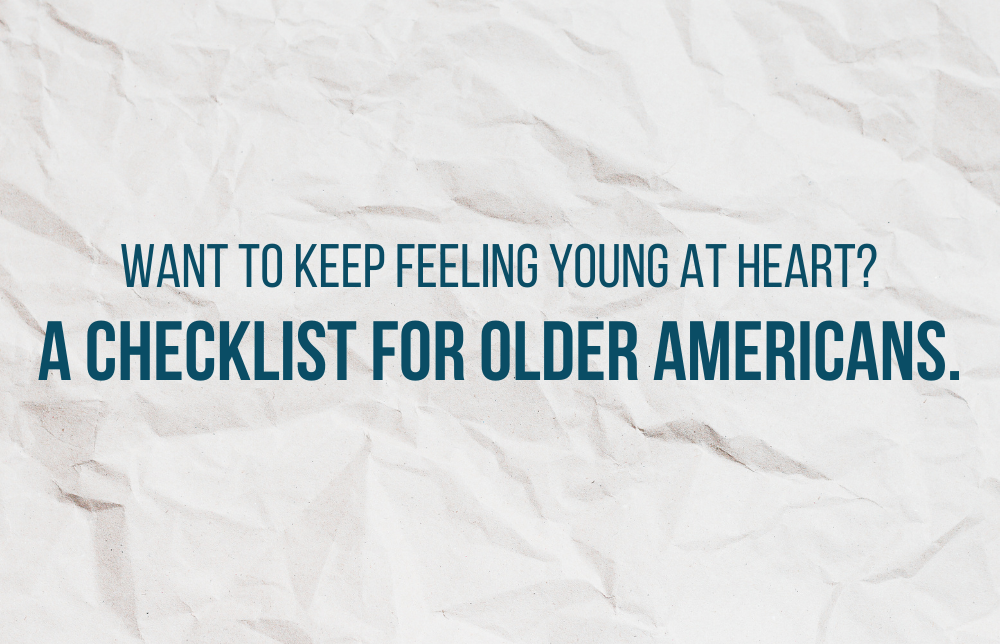Being a Welcoming Neighbor Can Pay Dividends: Family Adopts Local as “Honorary Grandpa”
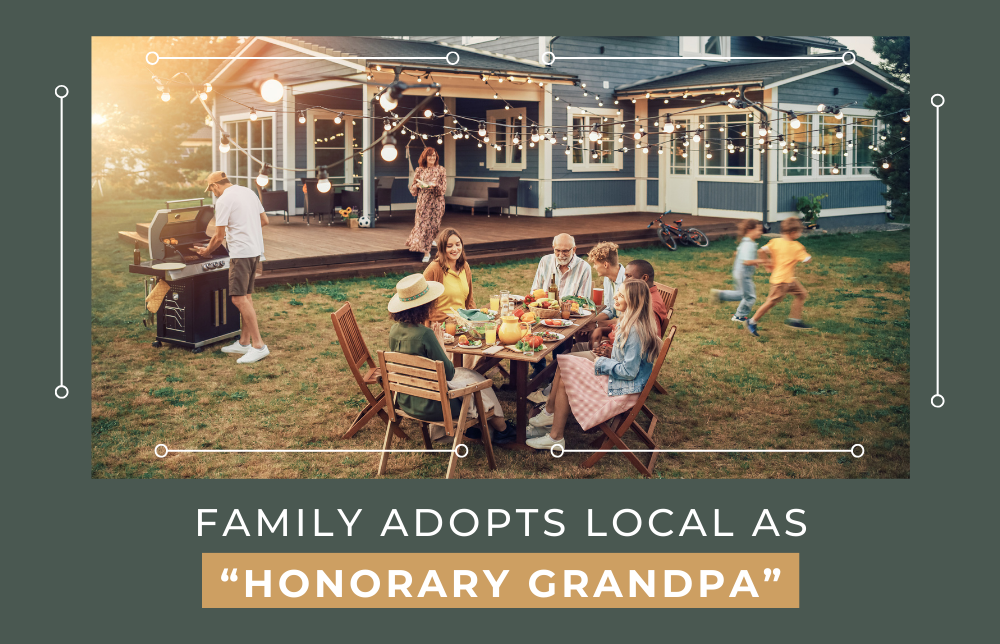
When Wilson and Sharaine Caraballo and their six children moved to Texas from the East Coast, they were looking forward to moving into their new home. Little did they expect that soon they’d be “adopting” a new member to their family.
Sharaine and Wilson were apprehensive when they moved into the new neighborhood. Sharaine, who is originally from Pawtucket, New England, said, “One of my biggest fears was meeting our new neighbors. I was wondering who they were going to be and what they were going to be like. When Paul welcomed us into the neighborhood I knew I had made the right choice.”
But one of the first people to welcome the Caraballos to the neighborhood in March 2022 was 82-year-old Paul Callahan. Callahan’s warm welcome helped put them at ease. He offered helpful advice to the new homeowners and assistance with issues and concerns about their new home.
“He was coming over with tools. He’d bring screwdrivers and teach Wilson how to fix up the garage and Wilson followed all his advice,” explained Sharaine.
The family of eight quickly bonded with Callahan and, to everyone’s delight, Paul took on the role of de-facto grandpa.
The Caraballos and Paul now see each other every other day. They invite him to all family cookouts, and spend every holiday together, and this Father’s Day, Paul received a new outfit from the family as a present.
The warmth is mutual. “He’s always coming over with little trinkets for the kids,” Sharaine continues, “They play with him a lot and call him Uncle Paul. He’s got stories for days.”
Sharaine’s kids love Paul as much as she does. Likewise, the older man does what he can to contribute to making them feel at home too. As much as Paul helps the family, Sharaine knows her family plays an important role in keeping Paul feeling social and vital.
“I asked what drew him to us and he said he was a very social person and that he grew up around lots of kids,” she said. “‘That’s how I grew up, my house was always where everybody hung out.’
Staying social and feeling like you’re contributing to making others feel better is important throughout our lives, and especially as we get older. NCRGEA provides many opportunities to rub elbows with peers. Everything from association meetings to volunteering opportunities to group travel. There’s no reason to go it alone. Join the group! Visit ncrgea.com/membership or call 800-956-1228 to learn about membership and social options and enjoy being among friends.
Source: https://mymodernmet.com/widower-adopted-by-family-sharaine-caraballo/

